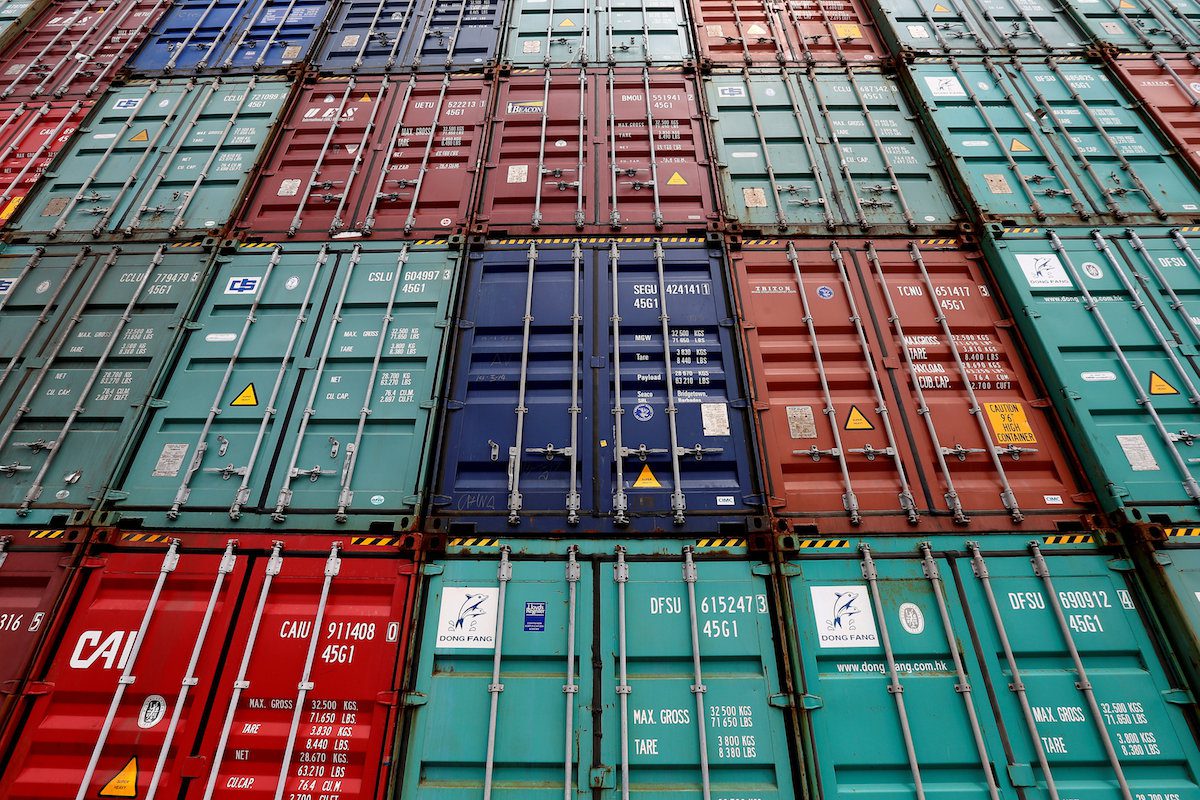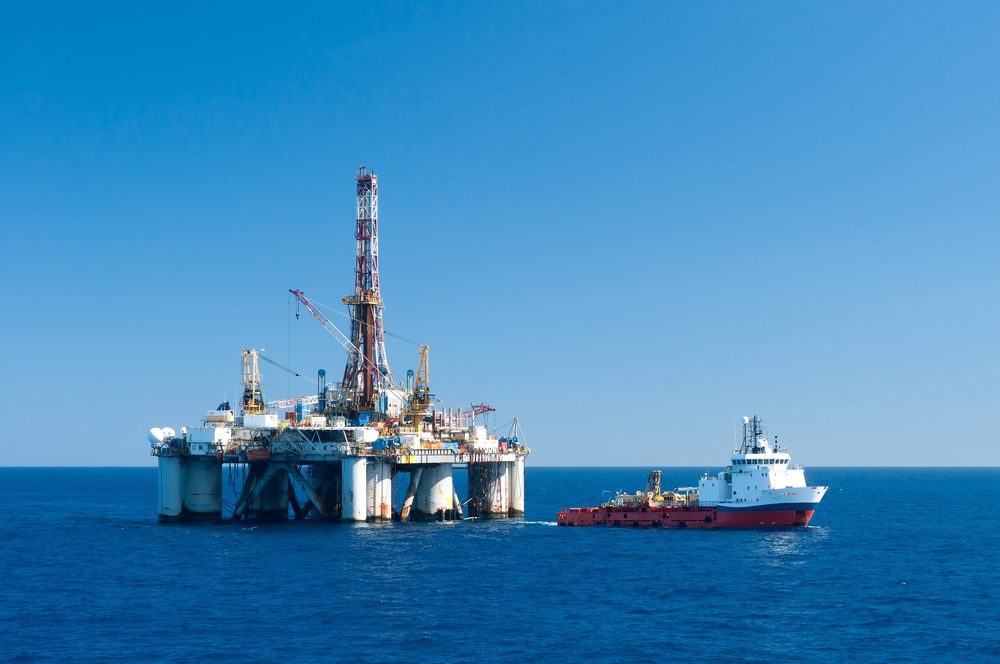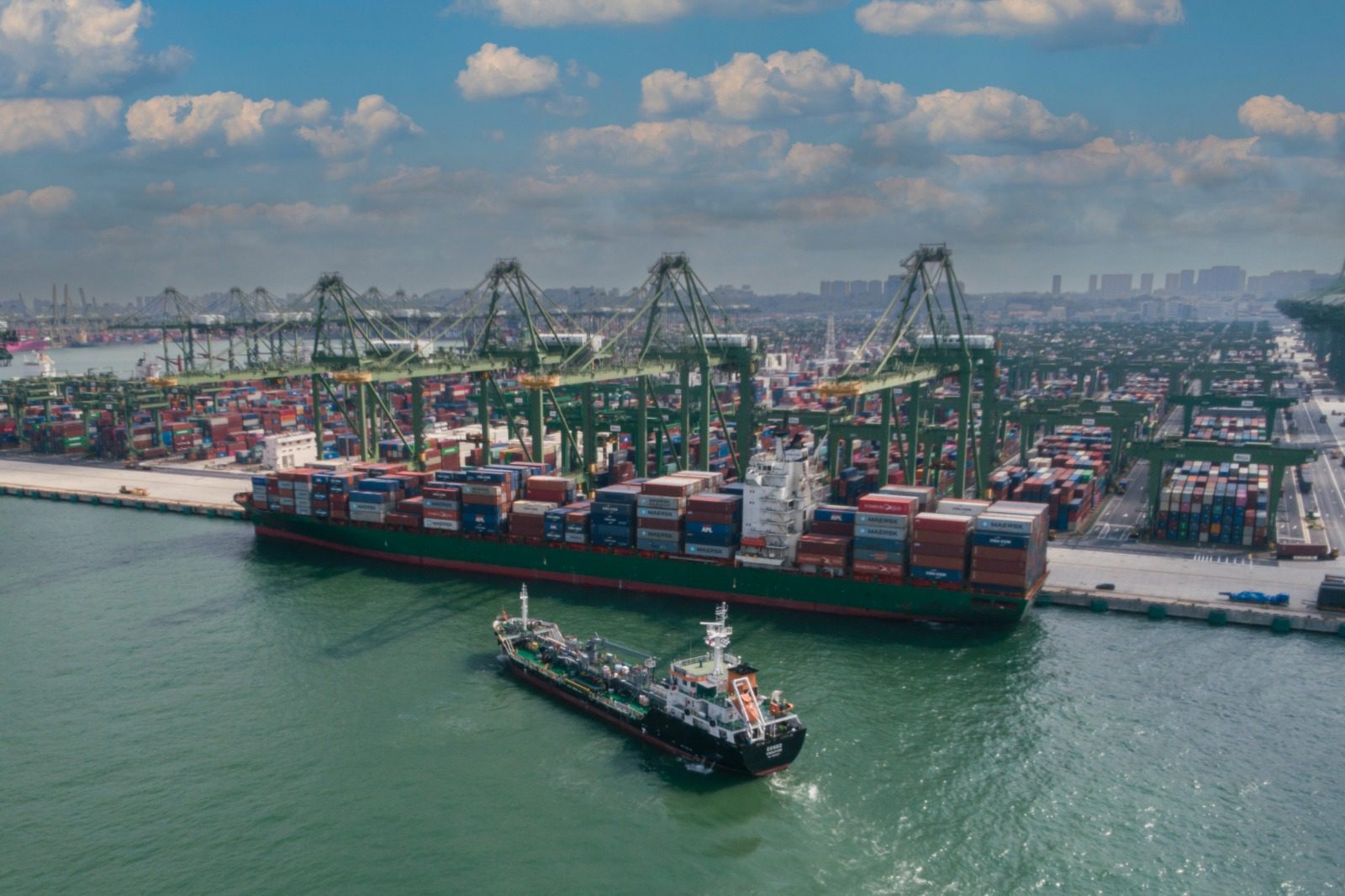REUTERS/Carlo Allegri/File Photo
By Theophilos Argitis and Blaise Robinson (Bloomberg) — With the first-quarter earnings season coming to a close, the verdict is in on the synchronized global expansion: It’s alive and well.
A picture of strong earnings growth and positive surprises has emerged across both industries and geography, adding to evidence the world’s major economies are increasingly running in lockstep.
It’s a reassuring development that should bolster confidence in the resiliency of the expansion at a time when economic data have painted a mixed picture. “Hard” data such as gross domestic product have been less convincing than the largely rosier consumer and business sentiment surveys worldwide. A more broad-based recovery should also ease worries about a maturing U.S. business cycle that may no longer be able to do as much of the heavy lifting for the world economy.
“The global backdrop is going to be constructive and this phase of the cycle has longer to run,” said Jean Boivin, head of economic and markets research at BlackRock. “We see these earnings being consistent with this backdrop story.”
Here are some results from the current earnings season:
Earnings growth is the strongest in years. According to Bloomberg Intelligence, the S&P 500 is on pace for 16.5 percent growth in earnings per share in the first quarter, versus initial expectations for 9.1 percent. European earnings are set to rise 14 percent. The first-quarter results in the U.S. are the best since the third quarter of 2011. It’s synchronized. 2017 is on track to be the first year since 2010 when all major regions should be posting earnings growth, according to Citi strategists. More than halfway into Europe’s earning season, 69 percent of companies had beaten earnings per-share estimates. More then 70 percent of S&P 500 companies had topped the earnings-per-share consensus.
Fueled by the first-quarter results, analysts are forecasting earnings per share growth for the S&P 500 Index of 12.3 percent in 2017 and 10.8 percent in 2018, according to Bloomberg Intelligence data. That’s the biggest two-year advance since 2012.
Top-Line Growth
It’s not just the bottom line. The strong earnings results reflect revenue gains that have been better than expected, a trend also consistent with a pick-up in growth. Half of S&P 500 companies beat first-quarter revenue estimates.
Another barometer: Technology companies and industrials are surprising the most on growth, while defensive sectors like telecoms and discretionary stocks are trailing the pack.
“If we look at what the companies are saying, the evidence of recovery is there for all to see,” Bank of America Merrill Lynch strategists said in a recent note.
It’s improvements for cyclical companies — those that are most linked to the business cycle — that BlackRock cites for concluding “the global economy can sustain above-trend growth.”
Meanwhile, strong earnings results for financial companies — a sector that does well when interest rates are on the rise — suggest the reflation trade that’s lost steam in recent months still has life, according to Boivin.
“The reflation story seems to be on track,” he said.
Synchronized Growth
A synchronized expansion means the global economy doesn’t need to rely as much on the U.S. for growth. That limits the emergence of imbalances that could destabilize global growth, such as an abrupt change in the U.S. dollar that leaves emerging markets vulnerable.
And global economies have rarely been so in sync.
The variation of growth rates this year Group of 20 economies will be the lowest since at least 1980, according to Bloomberg calculations and IMF data. In fact, no G-20 economy is expected to post a decline in output this year, which would be the first time since 2010.
Growth rate differences are diminishing even as the global expansion accelerates, with G-20 growth forecast to average 2.4 percent in 2017, from 1.8 percent last year.
It’s the same trend — more synchronization at a faster rate — for inflation rates as well.
That’s led chief executives to strike an optimistic tone.
“We’re encouraged by signs of momentum in the global economy,” said Gregory Hayes, chief executive of United Technologies Corp., which builds everything from aircraft engines to elevators, on an April 26 earnings call. “We’ve seen really good strength here in the U.S. We’ve seen recovery in Europe. Even in China, we saw good economic growth in the first quarter.”
Commodity Cloud
Yet doubts have emerged, particularly around the outlook for commodities after resource prices slumped for much of April. Higher oil prices have been central to the strong earnings season in the first quarter, and remain a necessary condition for a synchronized global recovery given its importance to commodity producing nations.
Excluding energy, revenue gains for S&P 500 companies are a modest 2.5 percent in the first quarter, which is in line with expectations.
“You do get the sense the recovery in the commodity landscape over the last year is driving a lot of this recovery,” said Gina Martin Adams, chief equity strategist at Bloomberg Intelligence. “You want to see it broaden out across the rest of the sectors, into late this year and early next year, to really substantiate that the recovery has strong legs.”
One more worry is fading growth momentum in China, a critical determinant of commodity prices. Bank of America Merrill Lynch’s latest fund manager survey shows prospects for tightening credit in China have replaced Europe as the key worry for investors.
Asian Outlook
The earnings outlook in Asia as a whole, meanwhile, seems to have been less impressive. Earnings reports by Japan’s three mega banks pointed to a fourth straight fall in combined annual profit, even as the impact of negative interest rates begins to ease.
And then there are those pesky questions over whether the earnings growth in the U.S. is sustainable, particularly if the energy sector stalls. Analysts haven’t been increasing their earnings estimates for U.S. companies despite the strong first-quarter earnings.
“Company fundamentals are good and there is no doubt about that,” said Stephane Ekolo, chief European strategist at Market Securities in London. “That being said, when one looks at the current levels of the U.S. stock markets, it seems clear that prices have somehow risen more than their underlying earnings would simply indicate.”
More comforting is that sectors like technology and financials — major beneficiaries of a global recovery — are projected to be driving earnings growth the rest of the year, which is a sign that economic growth is anticipated to continue.
Another positive is that commodity prices are still well above last year’s lows, and companies today are much leaner. And if this week’s oil rally is any indication, there is upside as well as downside.
Take Caterpillar Inc., the ultimate leading indicator of a global recovery, where a mood of guarded optimism seems to have taken hold. After four straight years of declining sales, the machinery maker is on a growth track in 2017.
“There are encouraging signs and promising quotation activity in many of the markets we serve,” Chief Executive Jim Umpleby told investors on an April 25 earnings call. “However, there is still a great deal of geopolitical and market uncertainty, along with economic volatility around the world that continues to present risks.”
© 2017 Bloomberg L.P
Unlock Exclusive Insights Today!
Join the gCaptain Club for curated content, insider opinions, and vibrant community discussions.

 Join The Club
Join The Club













